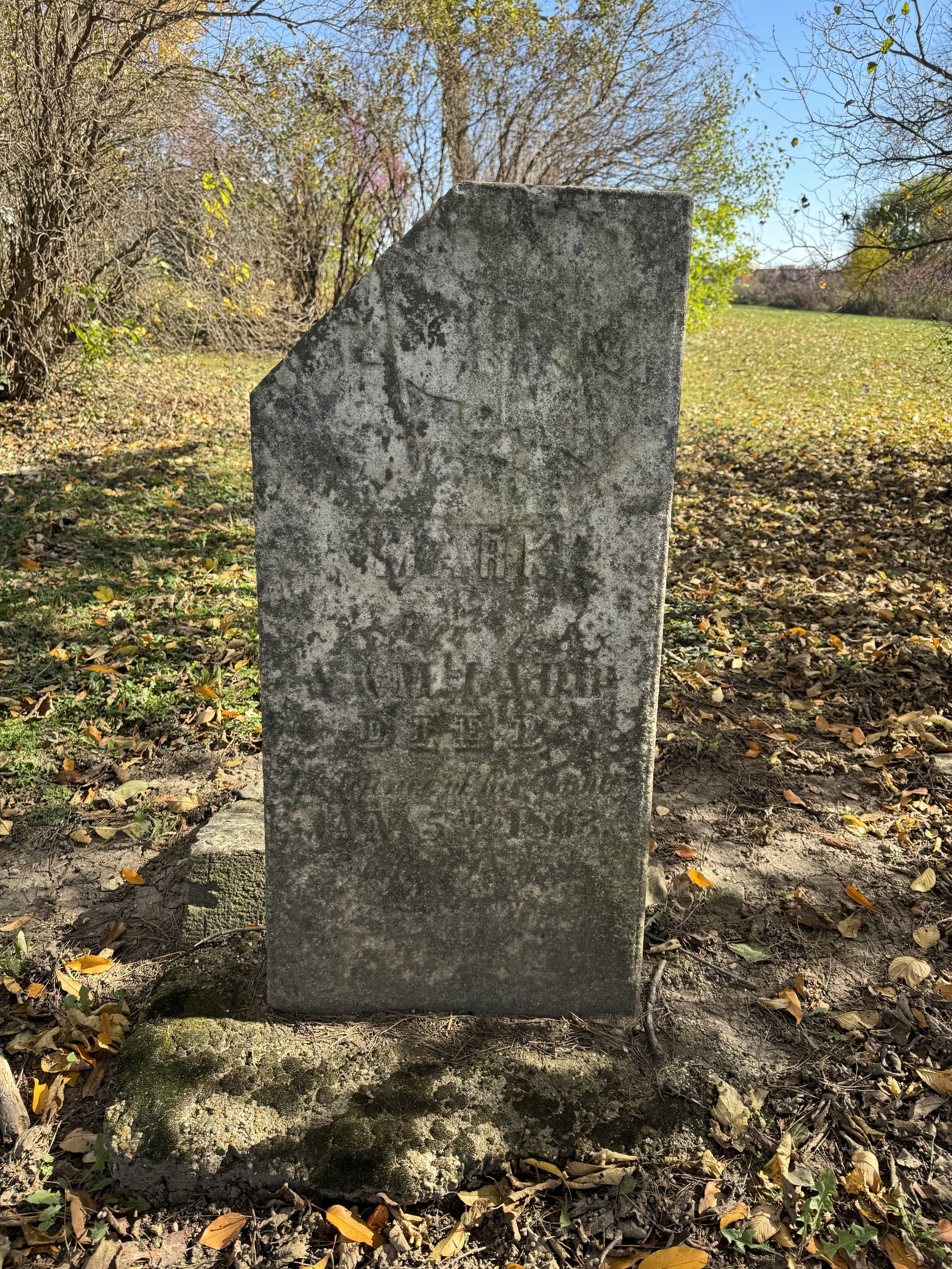A special thank you to the Chicago Historical Society for providing us with this explanation of the reasons why Museums are not allowed to assign values to items donated to them.
We are unable to provide appraisals of the monetary value of materials offered as gifts, brought in for identification, or submitted for any other purpose (including auction items for special events).
The Internal Revenue Service regards libraries and museums as “interested parties,” and appraisals prepared by them for gifts received are subject to question. This resulted because some libraries and museums in the past were tempted to compete for gifts by providing high appraisals. Consequently, our Museum, as an interested party, should not appraise gifts made to it. Most museums and libraries follow this policy.
Similar considerations apply when appraisals are requested for reasons not connected with gifts and tax deductions, requiring a time-consuming search in auction records and price guides that we are unable to undertake.
The Museum will be glad to suggest several appraisers known to us. Other appraisers can be located by searching online. Consumer Reports has a good article listing many resources for appraisals, along with other tips at: https://www.consumerreports.org/cro/magazine/2012/10/how-much-is-your-stuff-worth/index.htm
IRS Publications dealing with donations: https://www.irs.gov/publications/p561





















